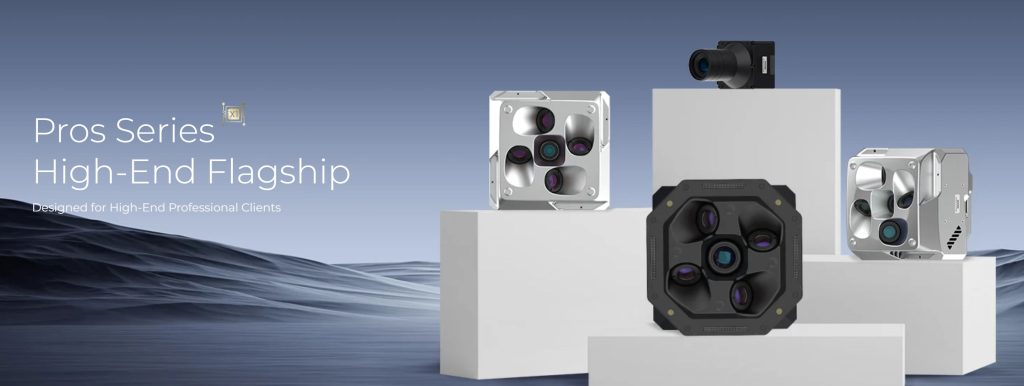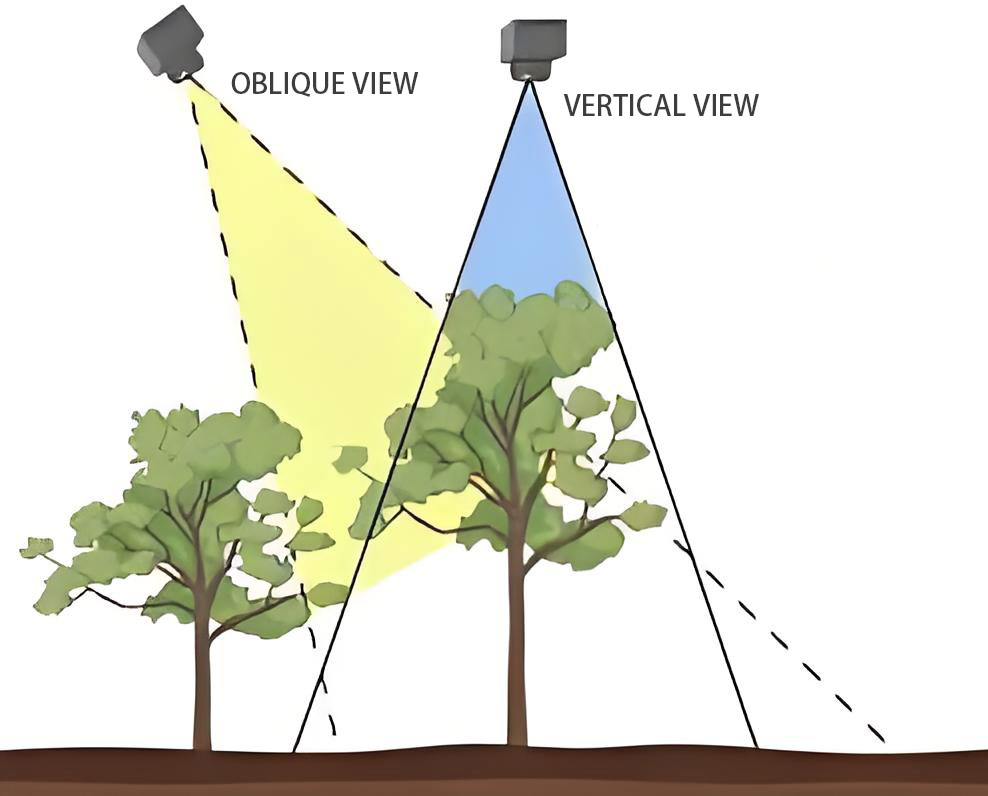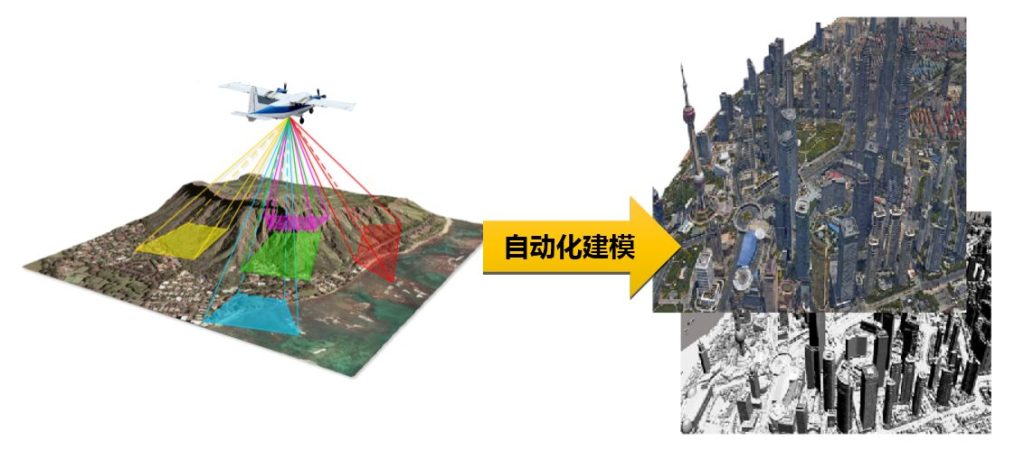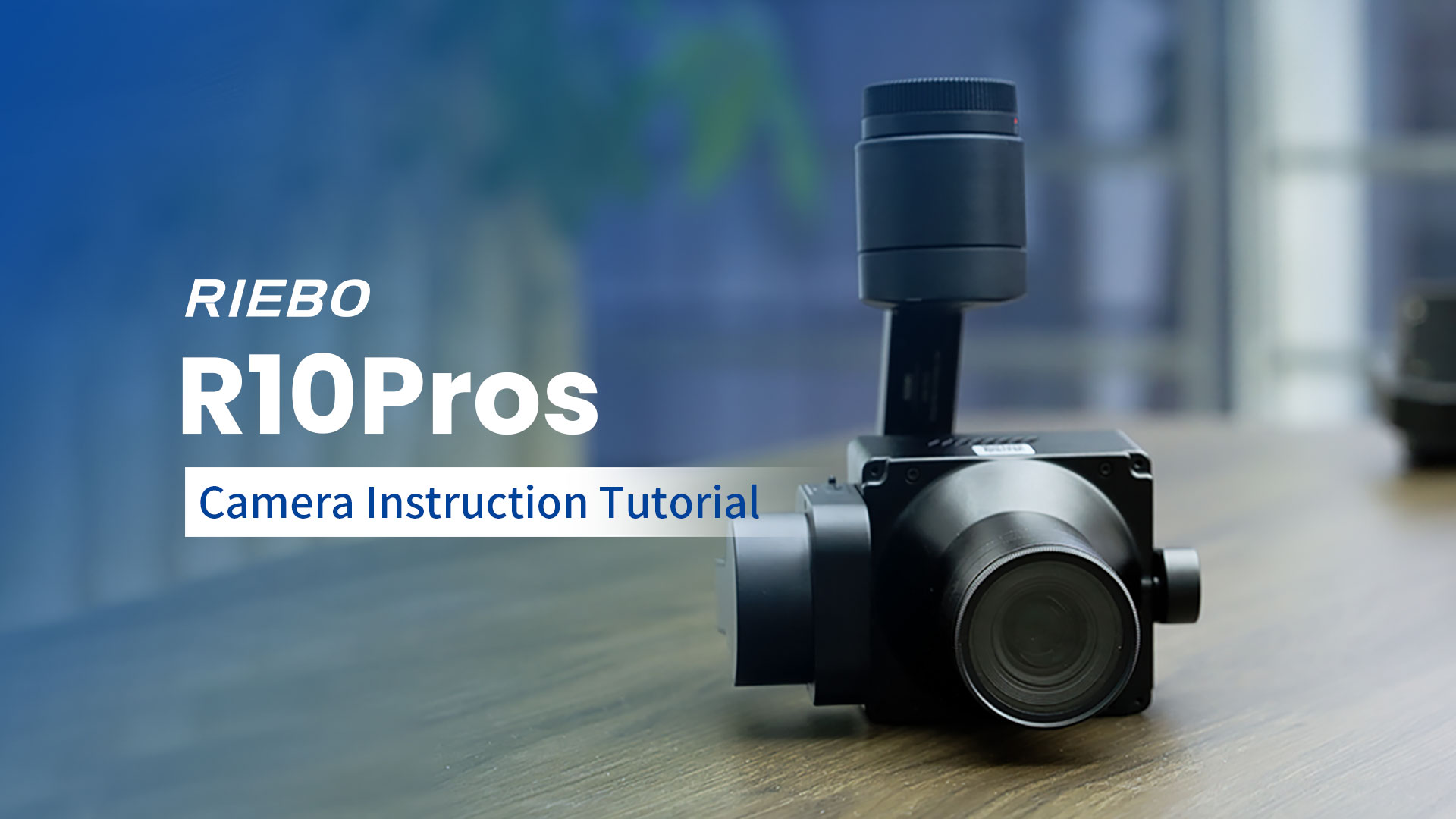The problem of "speckle" or "mottling" in oblique photography models has always been a persistent challenge, significantly impacting the visual quality of the final models and being a frequent concern raised by our customers. While traditional methods, such as meticulously choosing specific weather conditions or attempting color correction on numerous photos, can alleviate the issue to some extent, they are often time-consuming and far from completely effective.
To fundamentally address this problem, we must first understand its root causes.
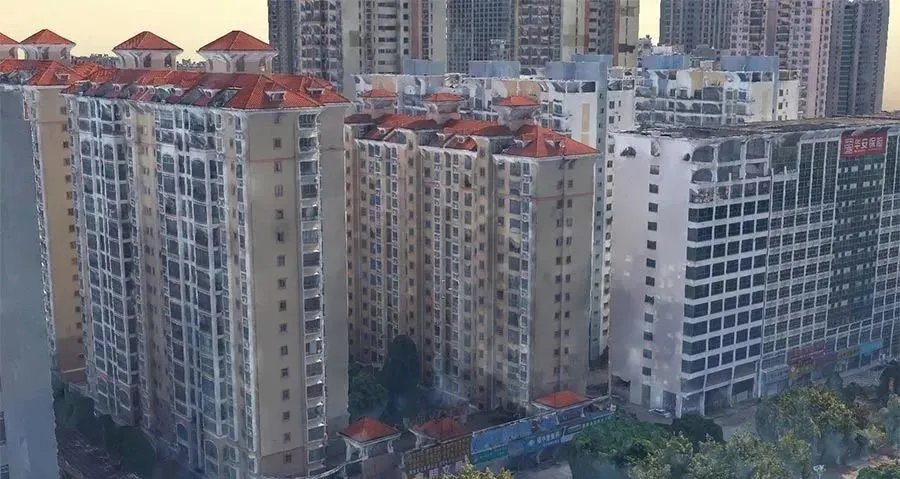
Main Causes of Model Speckle
- Weather (Light and Shadow) Changes: Ideal weather for oblique photography is either clear skies or sufficiently bright overcast days, as these conditions minimize drastic changes in sunlight. Overcast conditions are particularly beneficial because clouds act as a large diffuser, ensuring consistent light intensity and direction, which leads to uniform model effects. However, such ideal weather is often difficult to come by.
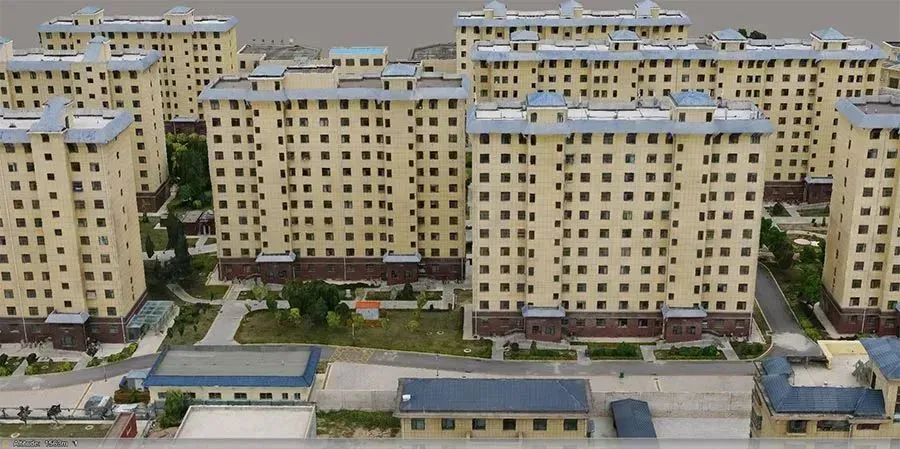
- Building Material Itself (or Reflection) Speckle: Many modern buildings incorporate extensive glass structures. Reflections from these glass surfaces can cause mottled appearances on adjacent buildings. While this type of speckle is generally considered "unsolvable," it can paradoxically be beneficial by adding textures that improve point matching during model generation.
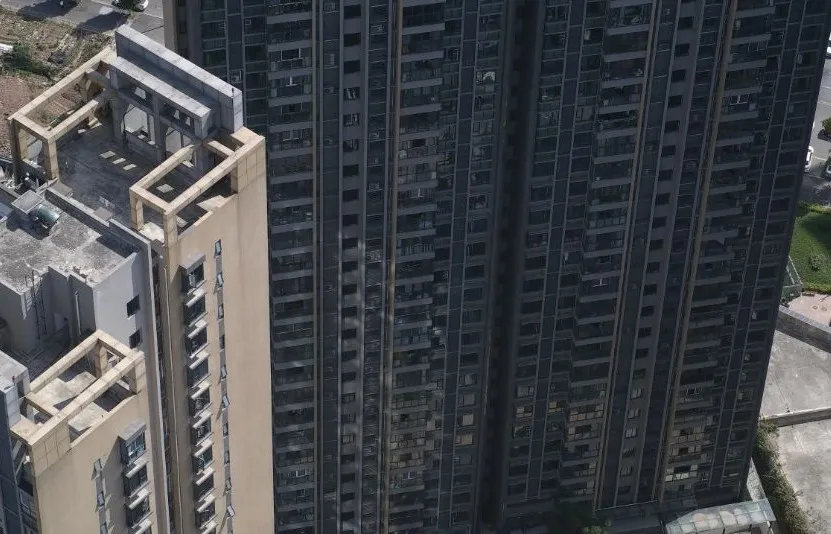
- Exposure Metering Leading to Inconsistent Brightness for the Same Texture: Even under consistent light intensity, a camera's metering function dynamically adjusts with variations in ground textures. This can result in the same textured surface appearing brighter or darker in different photos, particularly noticeable in urban areas. This inconsistency causes mottled textures (speckle) on building surfaces and negatively affects the model's overall appearance.
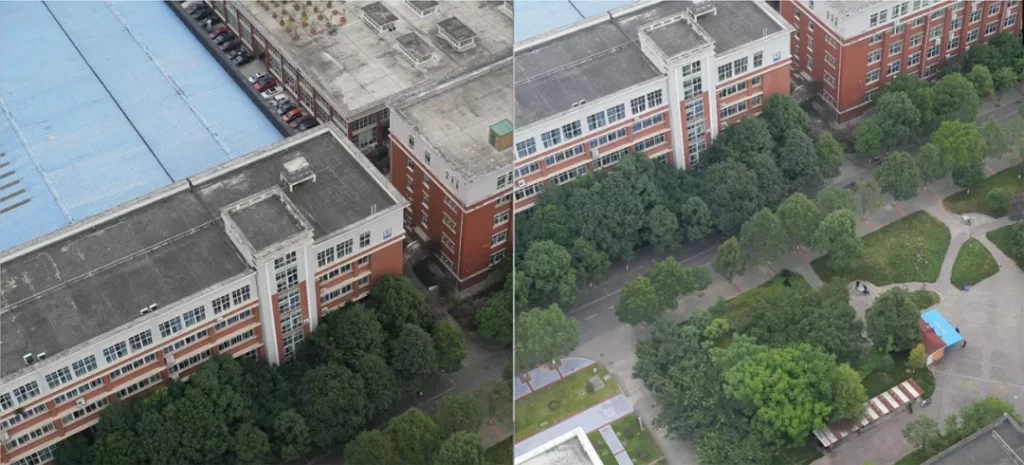
Principles of Aerial Photography Exposure
Common exposure algorithms in aerial photography include average brightness, weighted average, and brightness histogram, with average brightness being the most prevalent.
Based on the exposure method, there are two main approaches:
- Fixed Exposure: All exposure parameters (aperture, shutter speed, ISO) are preset and remain fixed throughout the flight. While this method effectively avoids speckle caused by uneven exposure, it requires extremely stable external light conditions, making it generally unsuitable for most outdoor aerial surveys, though ideal for stable light environments like indoor photography.
- Automatic Exposure: This mode adjusts photo brightness to compensate for changing sunlight intensity throughout the day and significant variations in ground textures. However, it cannot fully address the speckle caused by texture changes alone.
Riebo's Initial Attempts and Breakthrough
Initially, Riebo attempted to solve this problem with a "FIXED EXPOSURE PRINCIPLE." This involved integrating a solar radiation intensity sensor or a wide-angle, high-frame-rate camera to dynamically compensate for solar radiation changes. However, this approach faced challenges because UAV attitude changes could affect metering parameters, necessitating the addition of a gimbal, which would significantly increase the weight and complexity of the payload.
Finally, Riebo developed its latest technology: Kalman Filter-based Smooth Exposure. This innovative method directly addresses the issue of inconsistent brightness caused by ground texture changes. It intelligently distinguishes between:
- "Sky light" changes: Such as sunlight entering clouds, which require synchronous exposure adjustments across all five lenses of the camera system.
- "Ground object" changes: Variations in ground texture, where exposure parameters are not synchronously adjusted across lenses. For these "ground object" changes, local light and shadow variations are intelligently treated as "noise."
The Kalman filter, an optimization algorithm widely used in dynamic systems, predicts the next exposure value based on past values. This effectively smooths the exposure over consecutive images, thereby minimizing speckle. This approach prioritizes overall image exposure correctness rather than just single-image accuracy, treating local texture variations as noise to achieve a consistent and visually appealing overall appearance in the generated model.
Through the implementation of the Kalman Filter-based Smooth Exposure, Riebo has made significant progress in reducing the pervasive speckle issues in oblique photography models, as demonstrated by comparative images of models produced with ordinary working mode versus the smooth working mode.
